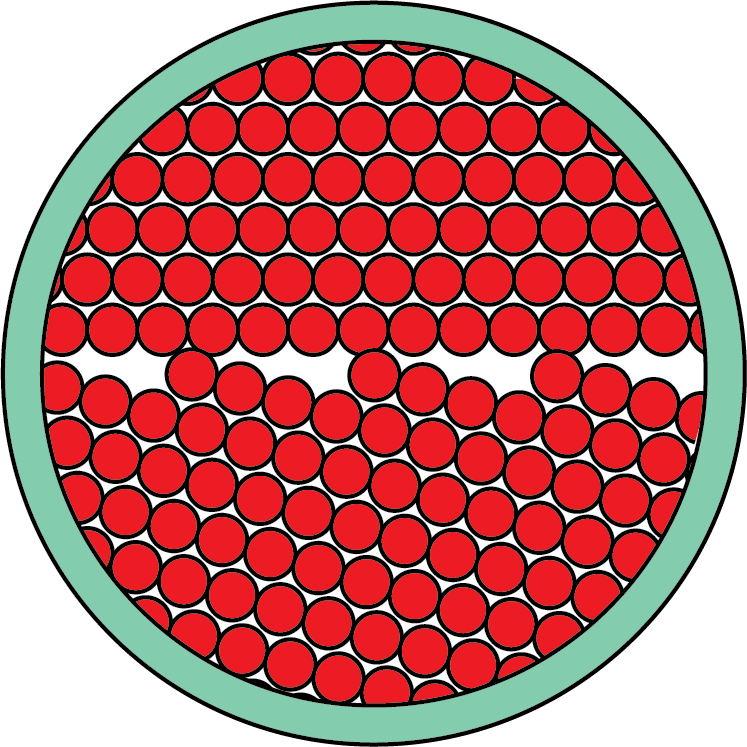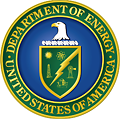Thrust 3: Structural Heterogeneities

In an ideal world, materials are described by their crystal structure in which a pattern of atoms is repeated forever. However, in reality, there are many imperfections in the materials that are critically important in describing their properties. One example is grain boundaries. As we assemble crystallites of a material together, they don't always join perfectly and the interfaces between misaligned grains - regions where the atoms don't match up perfectly - are grain boundaries. These grain boundaries and other types of structural imperfections can alter the properties of the material, some times for the better by, for example, promoting enhanced radiation tolerance. They are also often fast pathways for atomic transport, which is important for determining how both irradiation and corrosion evolve in a material.
In Thrust 3, we are examining how such structural imperfections - structural heterogeneities - impact defect and atomic transport and thus change how damage and corrosion evolve. Damage introduces a large number of non-equilibrium point defects that can migrate along these 'super-highways' in the material and thus alter how fast corrosion occurs. Our goal is to understand this coupling and thus how imperfections such as grain boundaries interact with the evolving irradiation and corrosion in the material.




